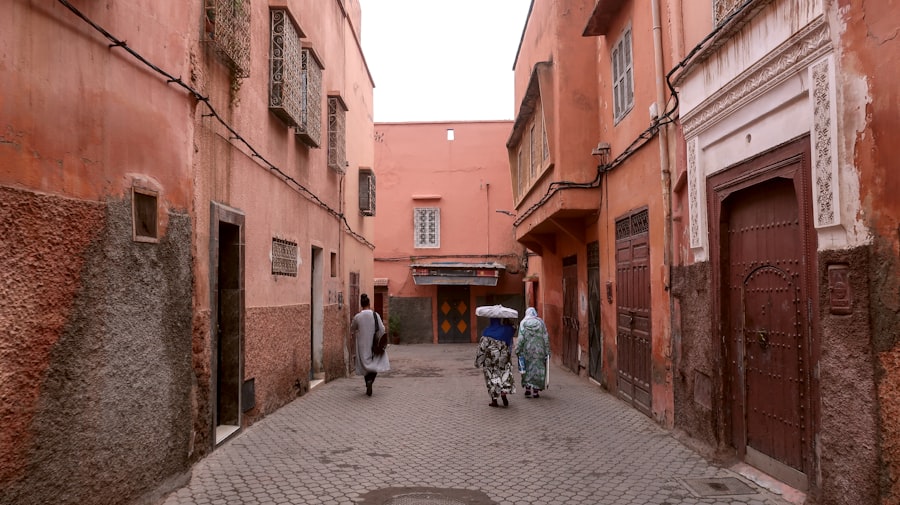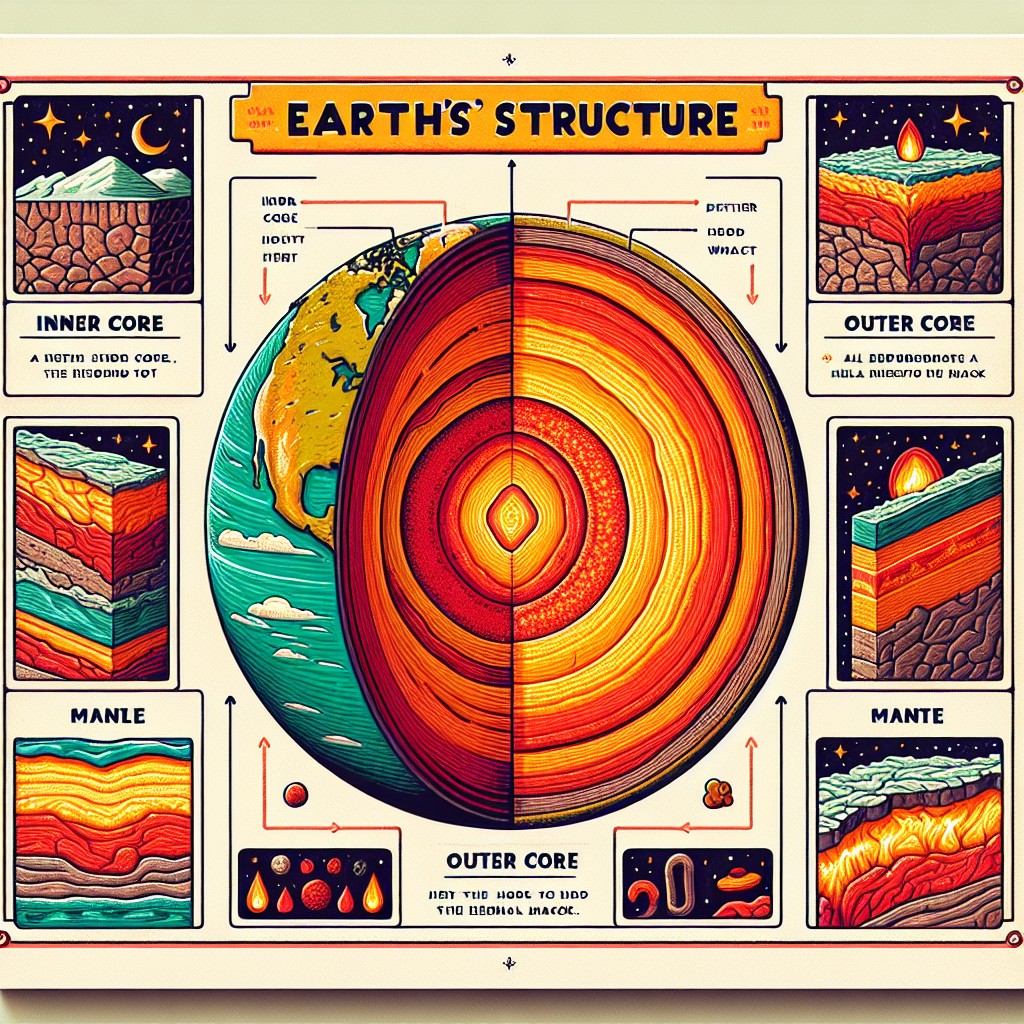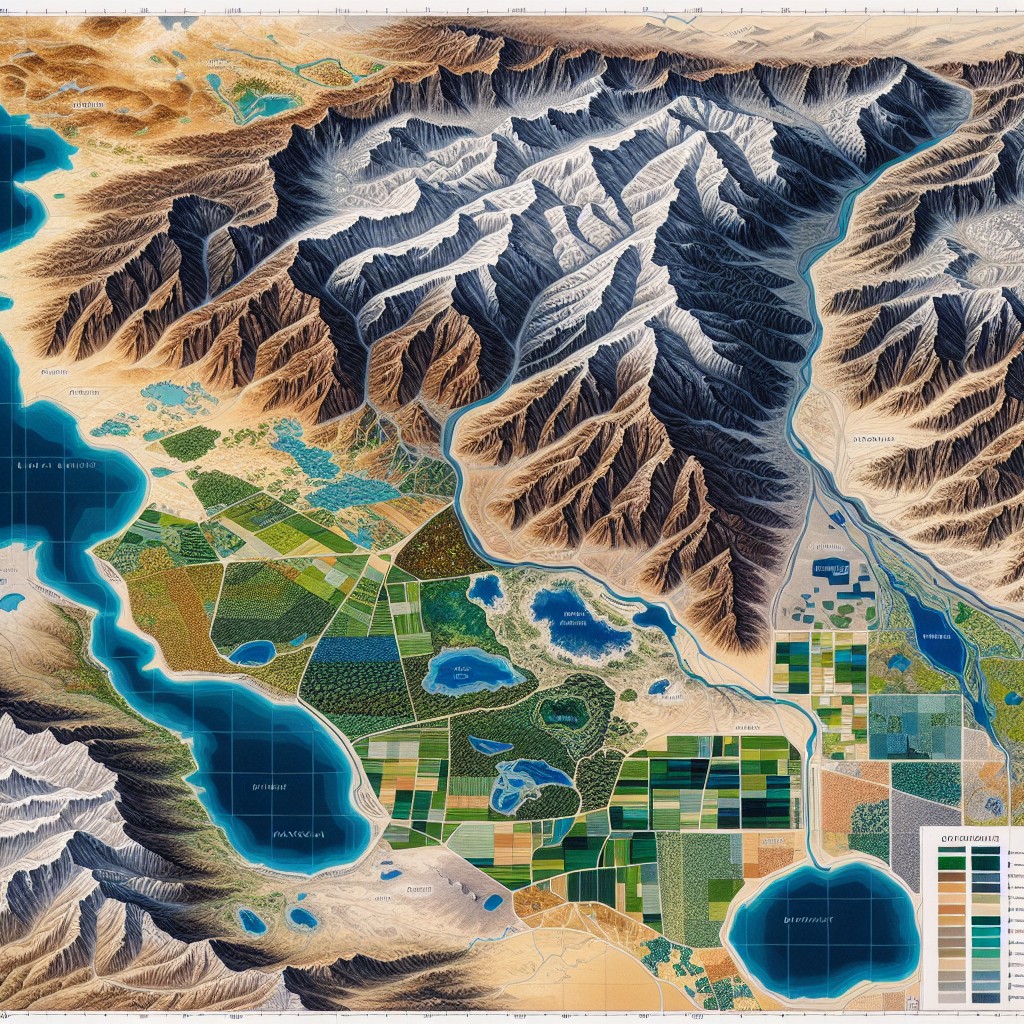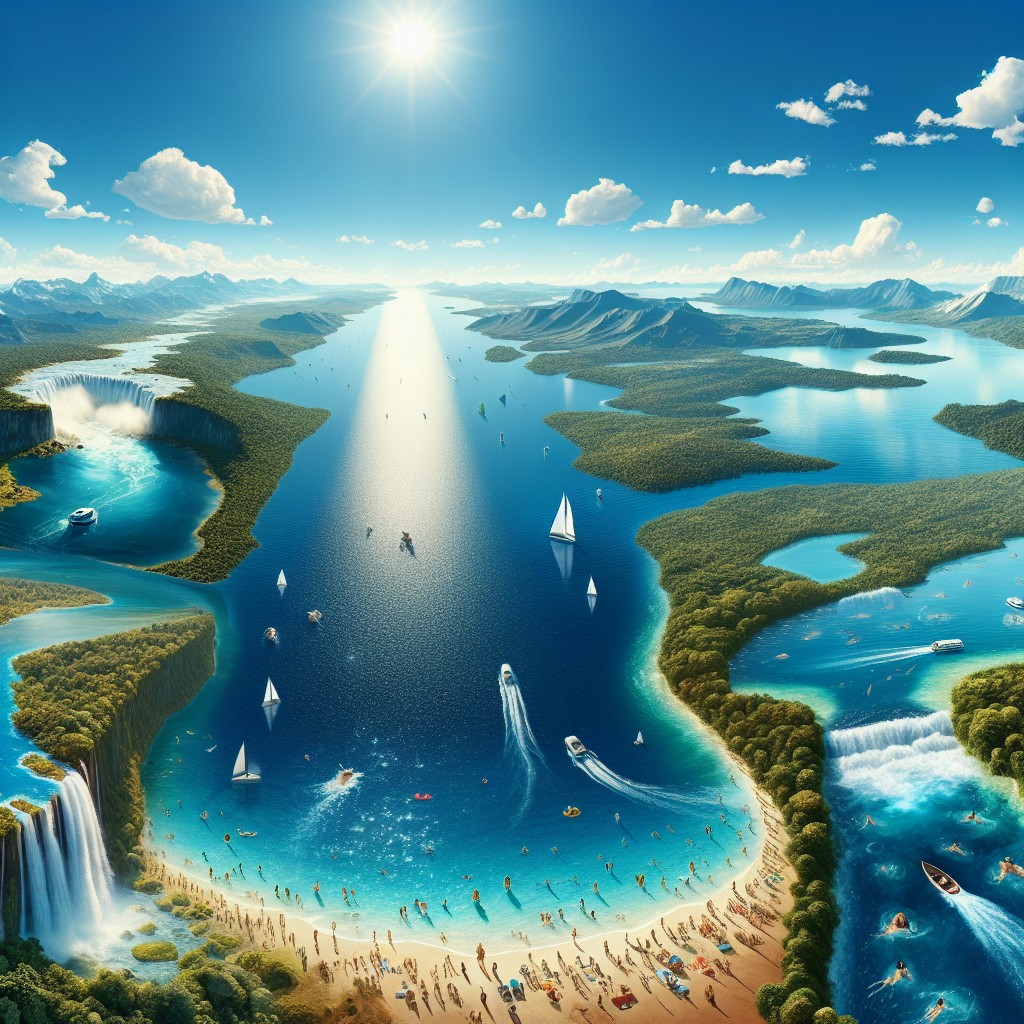Morocco, a country located in North Africa, has long been a popular travel destination for adventurers and culture enthusiasts alike. With its vibrant colours, rich history, delicious cuisine, and stunning landscapes, Morocco offers a unique and unforgettable experience for visitors. From the bustling markets of Marrakech to the tranquil beauty of the Sahara Desert, there is something for everyone in this enchanting country.
Summary
- Morocco’s vibrant souks offer a sensory explosion of colours and sounds.
- The country’s rich history and culture can be explored through its architecture and design.
- Moroccan cuisine is a delicious blend of spices and flavours.
- The country’s natural wonders range from the Sahara to the Atlas Mountains.
- Moroccan hospitality is warm and welcoming, with unique accommodation options like riads and guesthouses.
The Vibrant Colours and Sounds of the Moroccan Souks
One of the highlights of visiting Morocco is exploring the bustling markets, known as souks, that can be found in cities such as Marrakech and Fez. These markets are a feast for the senses, with their vibrant colours, exotic scents, and lively atmosphere. As you wander through the narrow alleyways, you will be greeted by the sounds of merchants calling out their wares and the clinking of metal as artisans work on their crafts.
The souks offer a wide variety of goods for purchase, from traditional Moroccan clothing and textiles to intricate handmade crafts and jewellery. You can find beautifully woven rugs, colourful ceramics, and intricately carved wooden furniture. The souks are also a great place to sample local delicacies such as dried fruits and nuts, spices, and traditional Moroccan sweets.
Exploring the Rich History and Culture of Morocco
Morocco has a rich history that is influenced by a variety of cultures, including Arab, Berber, and French. This diverse cultural heritage can be seen in the architecture, language, and traditions of the country. One of the most famous historical landmarks in Morocco is the ancient city of Marrakech, which dates back to the 11th century. The city is home to several important historical sites, including the Koutoubia Mosque and the Bahia Palace.
Another must-visit destination for history buffs is the city of Fez, which is known for its well-preserved medieval architecture. The medina of Fez is a UNESCO World Heritage site and is one of the largest car-free urban areas in the world. Here, you can explore narrow winding streets, visit ancient mosques and madrasas, and admire the beautiful tile work and intricate carvings that adorn the buildings.
The Enchanting Beauty of Moroccan Architecture and Design
| Aspect | Metric |
|---|---|
| Architectural Style | Islamic, Moorish, Andalusian |
| Materials Used | Clay, Zellige tiles, Wood, Marble, Metal |
| Colour Palette | Earthy tones, Vibrant blues, Greens, Yellows |
| Ornamentation | Geometric patterns, Calligraphy, Mosaics, Carvings |
| Functional Spaces | Courtyards, Riads, Hammams, Gardens |
| Architectural Features | Arches, Domes, Minarets, Fountains, Turrets |
| Historical Significance | UNESCO World Heritage Site, Influenced Spanish architecture |
Moroccan architecture is known for its intricate details and unique features. The buildings are often adorned with colourful tiles, carved plasterwork, and ornate metalwork. One of the most iconic examples of Moroccan architecture is the Hassan II Mosque in Casablanca, which is one of the largest mosques in the world. The mosque features stunning tile work, intricate wood carvings, and a towering minaret that offers panoramic views of the city.
Islamic art and design have had a significant influence on Moroccan architecture. The geometric patterns, calligraphy, and arabesque motifs that are commonly found in Islamic art can be seen in the design of Moroccan buildings. The use of vibrant colours, such as blue, green, and yellow, is also a characteristic feature of Moroccan architecture.
The Delicious Flavours of Moroccan Cuisine
Moroccan cuisine is known for its unique blend of flavours, which are influenced by a variety of cultures including Arab, Berber, and Mediterranean. One of the most famous dishes in Moroccan cuisine is tagine, a slow-cooked stew that is typically made with meat or vegetables and flavoured with a combination of spices such as cumin, coriander, and saffron. Another popular dish is couscous, which is made from semolina grains and served with meat or vegetables.
Moroccan cuisine also features a variety of delicious street food options. You can sample grilled meats such as kebabs or try traditional snacks like pastilla, a sweet and savoury pastry filled with meat, almonds, and spices. For those with a sweet tooth, Moroccan desserts such as baklava and chebakia are a must-try.
The Wonders of Moroccan Nature: From the Sahara to the Atlas Mountains

Morocco is home to a diverse range of landscapes, from the vast Sahara Desert to the towering peaks of the Atlas Mountains. One of the most popular outdoor activities in Morocco is camel trekking in the Sahara Desert. As you ride through the golden sand dunes, you will be treated to breathtaking views of the desert landscape and the starry night sky.
For those who prefer mountain scenery, a visit to the Atlas Mountains is a must. The mountains offer a variety of outdoor activities such as hiking, mountain biking, and skiing in the winter months. You can also visit traditional Berber villages and experience their unique way of life.
The Timeless Traditions of Moroccan Crafts and Art
Morocco has a long history of traditional crafts and art forms that are still practiced today. One of the most famous crafts in Morocco is carpet weaving, which is done by skilled artisans using traditional techniques passed down through generations. Moroccan carpets are known for their vibrant colours and intricate designs, and they are highly sought after by collectors around the world.
Another popular art form in Morocco is pottery making. The city of Safi is known for its blue and white ceramics, while the city of Fez is famous for its colourful zellij tiles. These tiles are made by hand and are used to decorate walls, floors, and fountains in Moroccan buildings.
The Spiritual Side of Morocco: Discovering Sufism and Islam
Morocco is a predominantly Muslim country, and Islam plays an important role in Moroccan culture and society. One aspect of Islam that is particularly prominent in Morocco is Sufism, which is a mystical branch of Islam that focuses on spiritual experiences and the inner journey. Sufism has had a significant influence on Moroccan music, poetry, and art.
Visitors to Morocco can experience the spiritual side of the country by visiting mosques and participating in religious festivals. The city of Moulay Idriss is an important pilgrimage site for Muslims, as it is the burial place of Moulay Idriss I, the founder of the Idrisid dynasty. The city of Essaouira is also known for its annual Gnawa Music Festival, which celebrates the African roots of Moroccan music and features performances by Sufi musicians.
The Joys of Moroccan Hospitality: Staying in Riads and Guesthouses
When visiting Morocco, one of the best ways to experience the local culture and hospitality is by staying in a traditional riad or guesthouse. Riads are traditional Moroccan houses that are built around a central courtyard or garden. They often feature beautiful tile work, carved plasterwork, and rooftop terraces with stunning views.
Staying in a riad or guesthouse allows you to immerse yourself in Moroccan culture and experience the warmth and hospitality of the local people. Many riads offer traditional Moroccan meals, such as tagine and couscous, which are prepared using fresh local ingredients. The owners of these establishments are often happy to share their knowledge of Moroccan culture and traditions with their guests.
The Endless Magic of Morocco and Its Lasting Impressions
In conclusion, Morocco offers a unique and unforgettable travel experience for visitors. From the vibrant colours and sounds of the souks to the rich history and culture, there is something for everyone in this enchanting country. Whether you are exploring the bustling markets of Marrakech, trekking through the Sahara Desert, or immersing yourself in the spiritual traditions of Sufism, Morocco will leave a lasting impression on you. So pack your bags and get ready to embark on a journey of a lifetime to the magical land of Morocco.
FAQs
What is Morocco?
Morocco is a country located in North Africa, bordered by the Atlantic Ocean to the west, the Mediterranean Sea to the north, Algeria to the east, and Western Sahara to the south.
What is the capital of Morocco?
The capital of Morocco is Rabat.
What is the official language of Morocco?
The official languages of Morocco are Arabic and Berber. French is also widely spoken.
What is the currency of Morocco?
The currency of Morocco is the Moroccan dirham (MAD).
What is the population of Morocco?
As of 2021, the population of Morocco is approximately 37 million people.
What is the climate like in Morocco?
Morocco has a Mediterranean climate, with hot summers and mild winters. However, the climate can vary depending on the region, with the coastal areas being more temperate and the interior being more arid.
What are some popular tourist attractions in Morocco?
Some popular tourist attractions in Morocco include the cities of Marrakech and Fez, the Sahara Desert, the Atlas Mountains, and the coastal town of Essaouira.
What is the religion of Morocco?
The majority of the population in Morocco is Muslim, with a small Christian and Jewish minority.
What is the government system of Morocco?
Morocco is a constitutional monarchy, with King Mohammed VI as the head of state. The government is a parliamentary system with a prime minister and a bicameral legislature.


